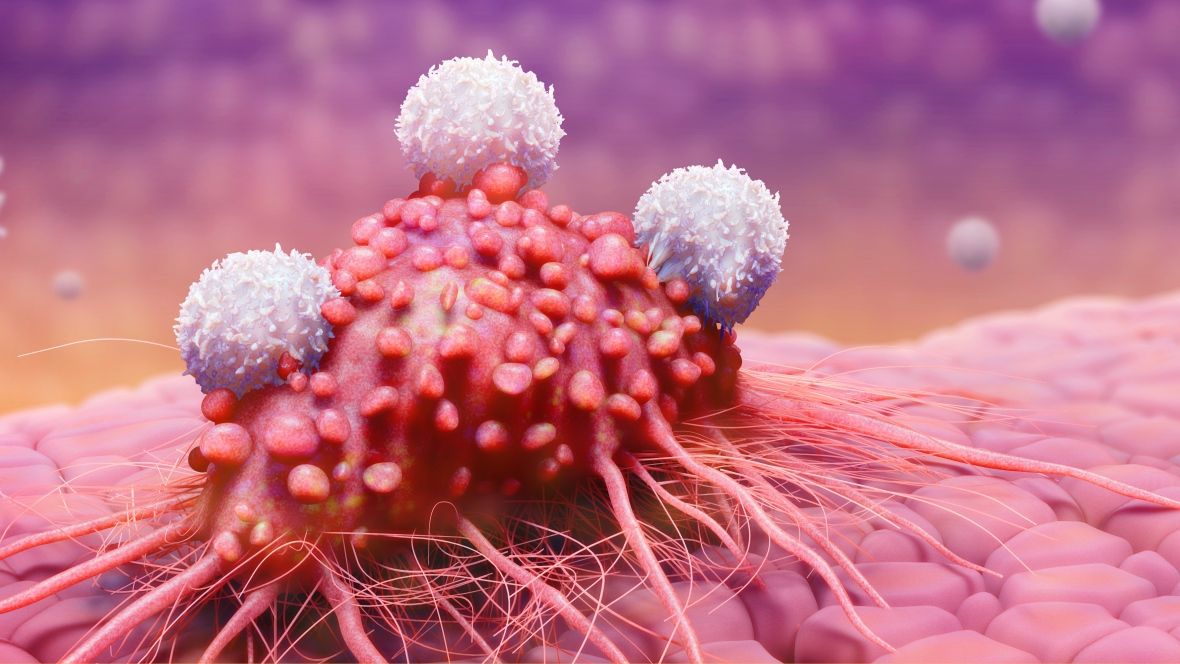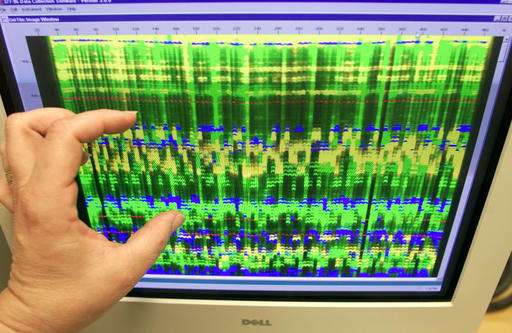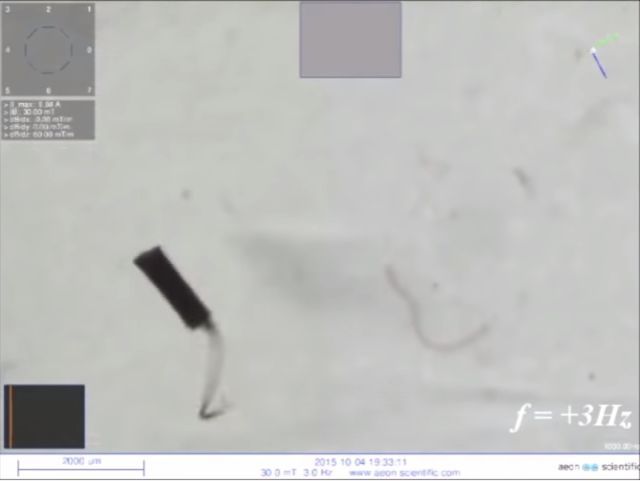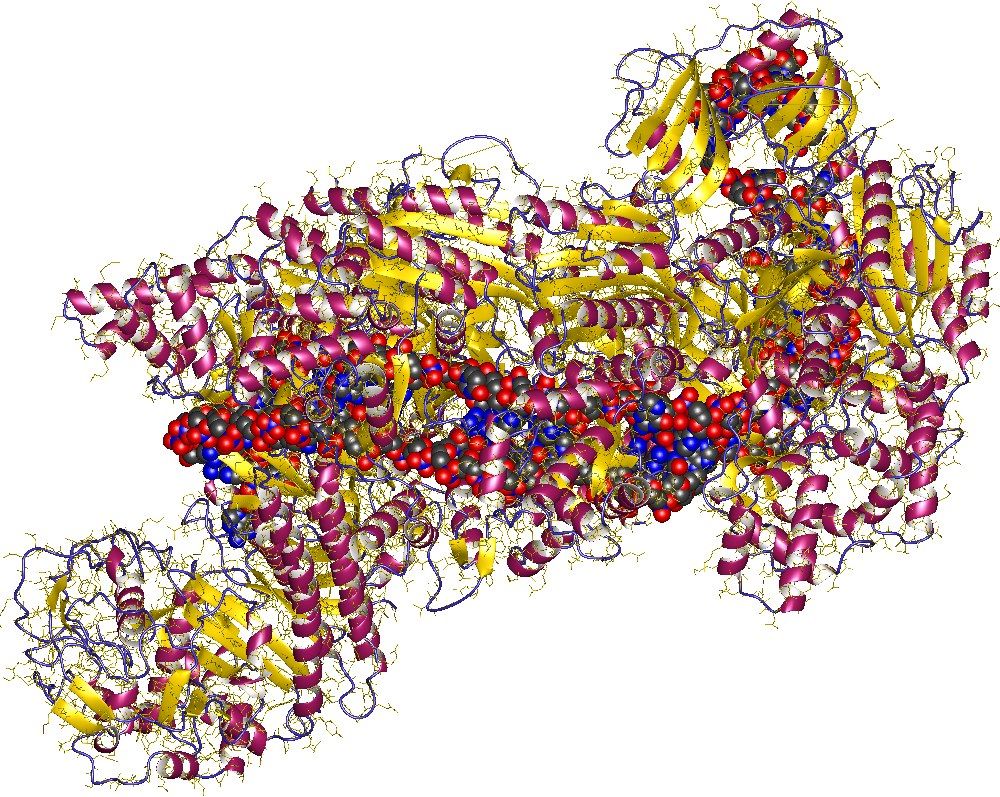Hope; or at least I am hoping.
A novel gene-editing technique with potential to revolutionize cancer treatment has scientists in a race to test it on humans.
As the scientific journal Nature announced last week: “Chinese scientists to pioneer first human CRISPR trial.”
But wait. On the same page, there’s a link to another story from a month ago: “First CRISPR clinical trial gets green light from U.S. panel.”








